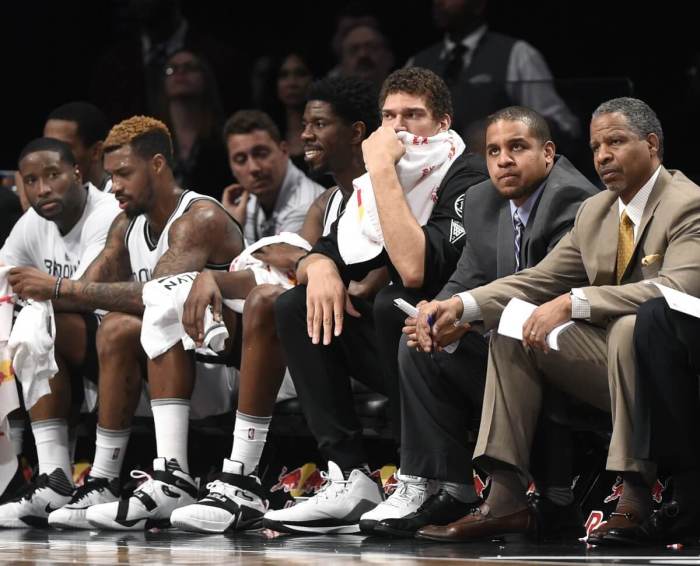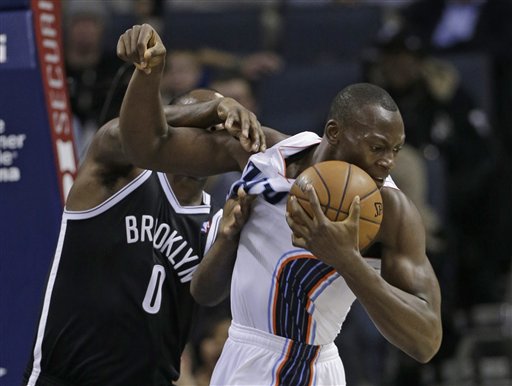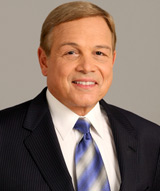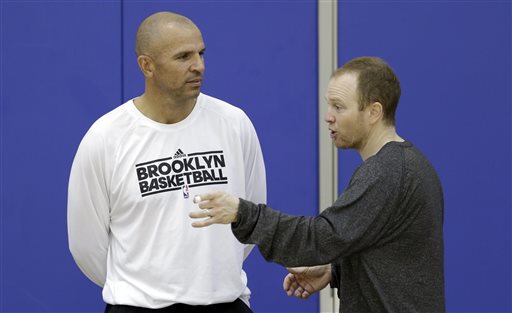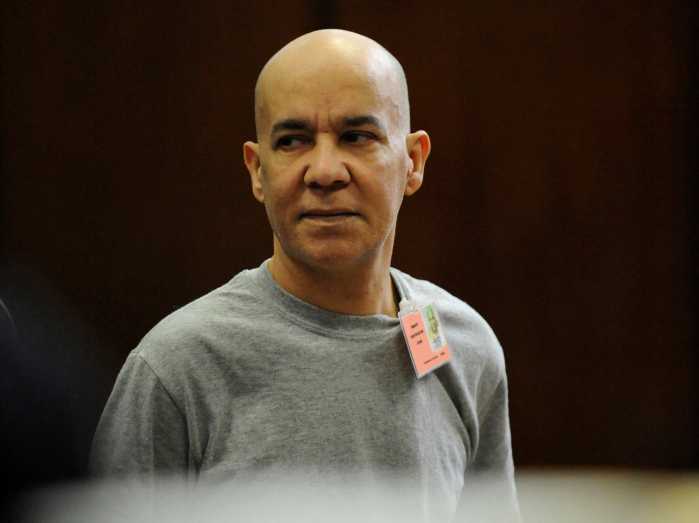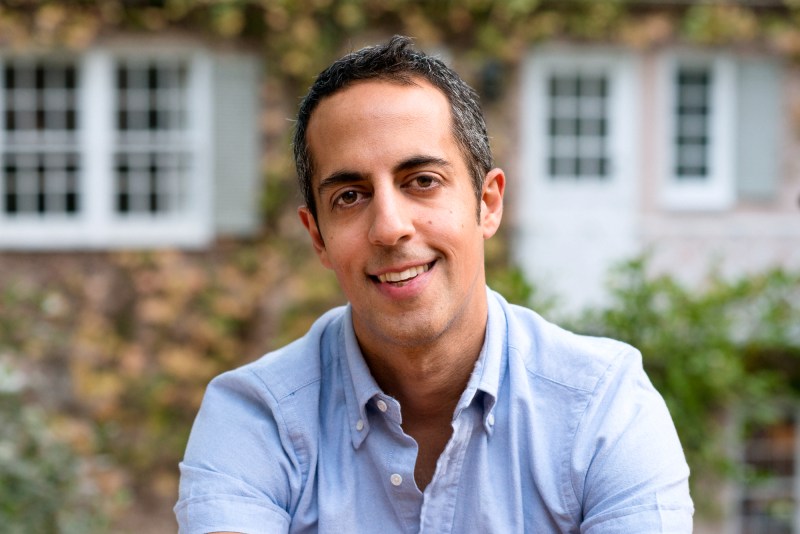
Name: Eduardo Najera
Position: F/PF
Height: 6’8″
Weight: 240
Birth Date: July 11, 1976 (33 years old)
Birth Place: Meoqui, Mexico
Number: 14
College: University of Oklahoma
Drafted: 2000, 2nd round, 38th overall by Houston
Experience: 9 seasons
Contract: $3 million in 2009-10
On offense:
An injury-plagued season limited Najera to only 27 games and 319 total minutes in 2008-09. Despite having a reputation as a physical defender and rebounder, Najera has become more of a jump-shooter in recent seasons. Last season, 53 percent of Najera’s shot attempts were jumpers with a 32 effective field goal (eFG) percentage. The year before with Denver, 54 percent of Najera’s field goal attempts were jumpers, with a 46 eFG percentage.
With such a small sample season due to injury (he was shut down for hernia surgery in March), it’s tough to judge Najera strictly on last season. Still, in his limited appearances, Najera had a pretty miserable offensive season last year. His true shooting percentage of 47 ranked him 87th of 108 power forwards. He was a decent passer for his position with a 14.7 assist percentage, ranking him 14th for power forwards, but he was also very careless with the ball. His turnover percentage of 14.9 ranked him all the way down at 92nd among power forwards.
To get a better look at Najera’s shooting and scoring tendencies with a larger sample size, we can check his NBA Hotspots chart from 2007-08.

Looking at his shooting tendencies from the 2007-08 season, when Najera roamed away from the basket, he shot significantly more three-pointers (147) than two-pointers (33). His most effective areas for the three was at the two corners, where he shot 50 percent compared to 36 percent overall from beyond the arc. ESPN’s John Hollinger wrote of Najera after the season, “Najera shocked everyone when he showed up for his eighth NBA season raining 3-pointers.”
Still, despite tending to shoot more jumpers than inside shots, Najera is an effective inside scorer. His eFG% on inside shots the last two seasons has been 65 percent. Compare those numbers to more post-oriented players like Brook Lopez, whose eFG% from the inside last year was 62 percent.
Najera is a career 68 percent free-throw shooter, but was wretched last year, averaging 36 percent from the charity stripe, granted, in only 22 attempts.
On defense:
Since coming into the league in 2000, Najera has always had the reputation as a tenacious defender. Despite being undersized for power forward at 6’8”, analysts have always talked about what a strong rebounder he is. However, the numbers don’t fully support this. His rebounding rate of 12.5 was in the bottom 50 percent at the position, ranked 68th out of 108. Comparatively at the position, he was a better defensive rebounder than an offensive rebounder. He defensive rebound rate of 18.9 was good for being ranked 45th at the position, while his offensive rebound rate of 6.3, ranked him 79th. Najera has never been much of a shot-blocker. His career high is .5 blocks a game. Last year, he barely registered any blocks, averaging .1 a game.
Despite his comparatively low rebounding and blocks numbers, Najera still showed some decent defensive abilities. He held opposing power forwards to an 11.2 player efficiency rating (PER) last year. According to how PER is measured, a rating of 15 is average so on the defensive end, holding opposing players to below 15 is a good thing. Some observers, including Draft Express, said Najera has a reputation of being able to guard multiple positions in the front court, but Lawrence Frank played him a negligible amount of minutes at the small forward and center positions last year. In those rare instances where he defended non-power forwards, Najera held small forwards to a 12 PER, but centers put up a 32 PER against him. We’ll have to watch to see if Najera still has the strength to bang with the biggest guys on the court this year.
Miscellaneous:
After being inked to a four-year contract last year, Najera’s injuries and poor performance have made him a legitimate bust for the Nets after one season. Hollinger recently used the Najera contract as the standard by which other bad contracts are measured. However, injury certainly had a lot to do with it. The Nets would not allow Najera to suit up for his hometown Team Mexico in this summer’s FIBA games, a move Najera said after the fact, he understood. “I was supposed to compete, and this could be the last year I can play for the national team at a high level. But it basically came down to not being ready physically,” Najera told the Star-Ledger’s Dave D’Alessandro recently.
Comments:
For Najera to be successful with the Nets this year, it all comes down to health. Knowing how much coach Lawrence Frank preaches defense, and because “D” was one of the areas the Nets sorely lacked last year, Najera will get minutes off the bench if he’s healthy enough to suit up. As one of the elder statesmen on the team, Najera was brought into this organization for his leadership and other intangibles. After signing with the Nets last year, Najera said he was looking forward to working with Brook Lopez and the other young players on defense and toughness. Only time will tell if he can make good on the generous contract the Nets bestowed upon him.
More on Najera:
NBA.com, Draft Express, 82games, basketball-reference, NetsAreScorching












